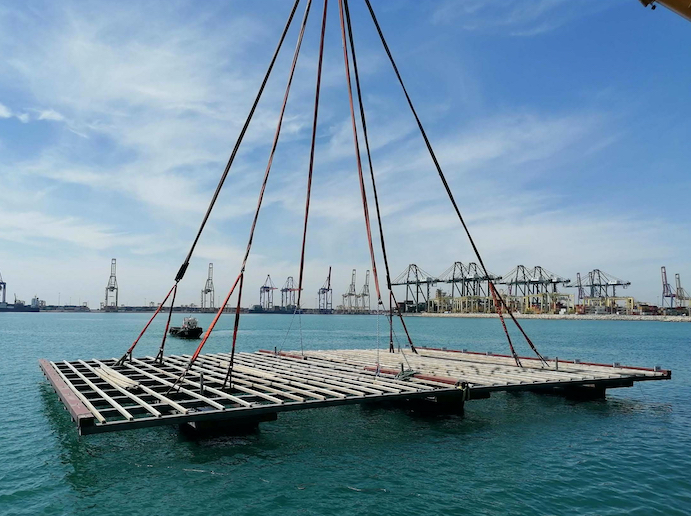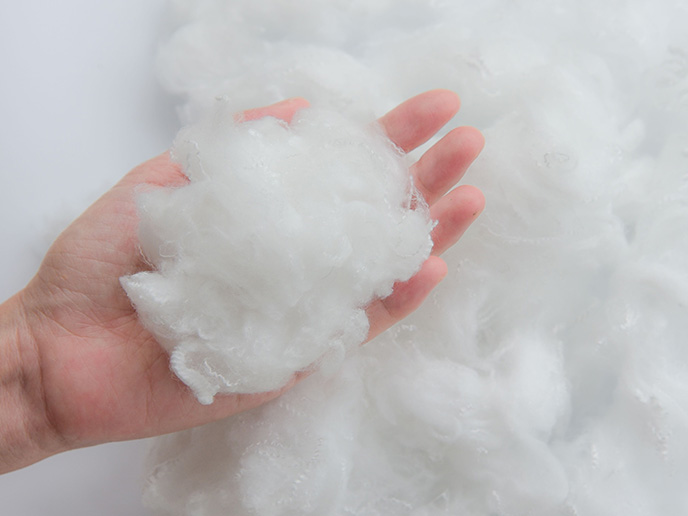Next-generation concrete for more sustainable marine construction
To avoid the fast deterioration of coastal infrastructure causing billions of euro in annual repairs, materials have to be strong and resilient. Additionally, adhering to climate concerns, they should be sustainable, creating little waste, while remaining competitive. As Ultra High Performance/Ultra High Durability Concrete (UHPC/UHDC) meets this criteria, it is increasingly used by industry. “The problem is that it is often adopted ‘off the shelf’, meaning local materials might be missed despite being more suited to achieving overall sustainability,” says Liberato Ferrara, project coordinator of the EU-funded ReSHEALience project. The project consortium validated a methodology that enabled engineers to improve infrastructure projects by providing access to reliable and repeatable UHPC/UHDC ‘recipes’. A durability-based design methodology was also developed to predict long-term performance.
Building better, for longer, with less
Due to their challenging operating scenarios, and so the potential for high-impact benefits, ReSHEALience focused on constructions in marine and chemically aggressive environments. The project experimented with a range of concrete mixes, including the use of ground granulated blast furnace slag (GGBS) as a binder to reduce carbon footprint. Key to the project’s recipes was fibre reinforcement, which gave structures the necessary robustness. Of particular interest were self-healing properties through the synergy of crystalline admixtures and nanomaterials, including alumina nanofibres and cellulose nanocrystals. The materials were tested to check how they withstood aggressive exposures, such as to chloride or acid. This was done using multiphysics modelling which enabled the team to study the microstructures of their recipes from both mechanical and chemical aspects. Given the paucity of input data available in this nascent field, the model used ‘fuzzy logic’ AI, “to transform raw data into knowledge,” Ferrara adds. With the optimum mixes established for the scenarios of interest, six pilots were conducted. Two were of geothermal UHDC-augmented basins in Italy. As these sit within water and mud, they face mechanical and acid attack. A third was a 540 m2 aquaculture mussel raft in Spain, set to suffer microcracking, enabling the evaluation of self-healing. A fourth was a mock-up of a wind turbine offshore floating platform in Spain, made of UHDC and designed to withstand wave actions and chlorine attacks. A fifth was a series of precast carbon textile floating pontoons off the Irish coast, designed for low temperatures. Lastly, a damaged abattoir water tower was restored in Malta, using UHDC technologies.
Innovation for conservation
While all pilots showed the materials to be robust at real scale, Ferrara is particularly proud of the last pilot. “The Maltese concrete water tower had been well-built in the first half of the 20th century, but was severely degraded by chloride-rich air and air-borne sand erosion. We managed to restore it, while respecting the original as an act of industrial heritage conservation,” he remarks. Indeed, the water tower has now been accorded Grade 1 National Monument status and the restoration received a special commendation at the 2021 Malta Architectural and Spatial Planning Awards.
Cultivating a holistic mindset
While some of ReSHEALience’s constructions are commercially operational, if UHDC is to prove a game changer, equally important as new materials is knowledge sharing. “Not only are our concrete recipes available as open access, but each pilot involved universities, and where possible we offered training opportunities,” says Ferrara. “The future needs holistic mindsets, able to combine design, build and recycle principles from the start. This may revolutionise some professions.” The team are now working with consortium members to promote and enable this transformation.
Keywords
ReSHEALience, concrete, infrastructure, chlorine, acid, marine, construction, durability, self-healing, sustainability, coastal







